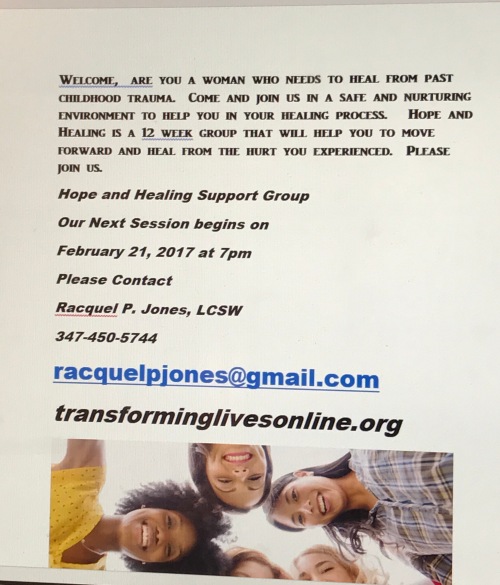- I just finished the first round of this group and it went well. I’m doing it again in February, if you or anyone you know may be interested, let me know. You have to be in NY or NJ to participate, it’s an online group on a secure platform.

The holidays can be a difficult when you’re trying to stay sober. This is especially true for people who have recently stopped drinking or using drugs. . Here are a few ideas on how to help you with your sobriety during these times.
Meetings
If you attend meetings regularly, keep attending them
The holidays can be a stressful time when trying to “fit in” seeing family, buying gifts and all of your regular activities. But if going to a meeting is helping you stay sober than it is important that you continue going.
A good idea is to have your meetings planned out. That way you can make your schedule around your meetings and be prepared. This makes it much easier to get to all the places you need to without getting stressed out.
Parties
If you plan on attending parties , try to bring a friend who will not be drinking. If you make the decision to attend a holiday party, always remember that you can leave at any time. Don’t worry about hurting someone’s feelings or what people will think.
Seeing the Family
Families are often a trigger for many struggling in sobriety. Make sure your family knows where you stand with your sobriety. If you find yourself struggling, call a sober friend or sponsor and talk to them about it. Don’t ever feel guilty if you feel you need to remove yourself from a family situation. This may be uncomfortable for you in the short term, but it is important to look at the big picture.
Talking to Someone
Talking to someone is always a good idea. No matter what the circumstances, having someone to talk to can change your perspective.
Remove Expectations
The holidays bring with them a variety of expectations, whether they be on you or on someone else. Don’t let these presumptions deter you in any way. You can’t pretend to know anyone else’s situation and you can’t expect them to know yours. Keep it simple and enjoy the season.
Help Someone Else
When you make someone else’s life better, you will be filled with a feeling of joy and purpose. You will be amazed at what this does for your own life.
Enjoy the Season
Try and enjoy what’s going on around you. People are festive this time of year and instead of resisting that feeling, embrace it. Joy spreads.
Stay Away from Things that Recall Bad Memories
This is the time of year for reruns of old movies and Christmas songs that may jar certain feelings. You know what is going to stir up these emotions. Try to stay away from people, places and things which may cause you to use. .
Down Time
The holidays provide a lot of down time. Don’t use these days to dwell, instead try and find a way to help someone else, go to a meeting or do some shopping for yourself or someone else. Find something productive to do with your time.
Use Your Resources
There are many tools at your disposal to stay sober, many of which I listed here, use them. Help is there but you just have to reach out.